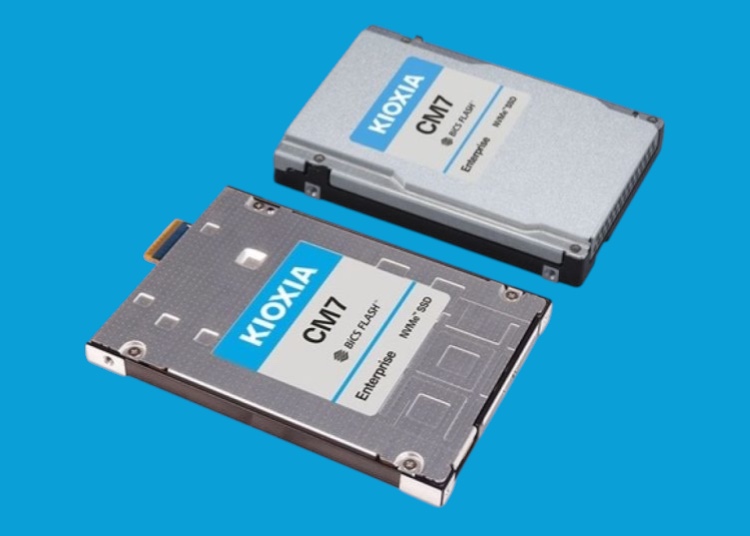SanDisk used the Future of Memory and Storage (FMS) 2025 conference to unveil its UltraQLC™ technology platform, headlined by a 256TB NVMe enterprise SSD. The drive, built for AI-scale workloads and hyperscale cloud environments, represents one of the highest-capacity SSDs publicly demonstrated to date and is designed to balance extreme density with performance and energy efficiency.
The UltraQLC™ platform combines BiCS8 QLC CBA NAND with a custom multi-core controller and system-level optimizations aimed at AI-driven, data-heavy applications such as ingest pipelines, training data preparation, and high-speed AI data lakes. SanDisk claims the architecture supports lower latency, higher bandwidth, and improved reliability compared to earlier QLC-based designs, while also targeting better total cost of ownership for large-scale deployments.
Key technical elements include Direct Write QLC, which bypasses traditional SLC caching for power-loss safe writes on the first pass; a 2-terabit QLC die that doubles density without increasing die size; and power management features such as Dynamic Frequency Scaling, which can adjust performance within a given power budget. Projected improvements include up to 10% higher performance per watt and a Data Retention profile designed to reduce refresh cycles by roughly one-third, extending drive endurance and lowering energy use.
SanDisk also announced the SN670 128TB NVMe SSD, positioned alongside the flagship 256TB model. Both are planned for U.2 form factor availability in the first half of 2026, with additional configurations to follow later in the year.
At FMS, SanDisk will present a keynote on August 6 detailing the UltraQLC™ platform and its role in high-capacity enterprise storage. The company’s booth will feature live demonstrations of the 256TB SSD and other storage products, underscoring a broader industry push toward flash solutions capable of meeting the throughput and capacity demands of modern AI workloads.






